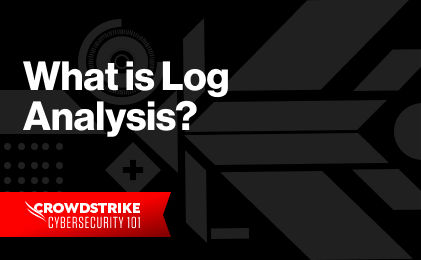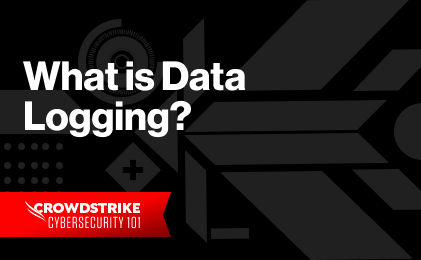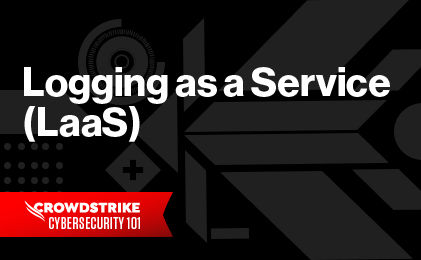Transform SOC with Next-Gen SIEM
Transform SOC with Next-Gen SIEM
Centralized logging is the process of collecting logs from networks, infrastructure, and applications into a single location for storage and analysis. This can provide administrators with a consolidated view of all activity across the network, making it easier to identify and troubleshoot issues.
In this article, we'll explore the value of centralized logging architecture, how it works, and how you can create a centralized logging workflow.
Why Are Logs Necessary?
Logs provide an audit trail of system activities, events, or changes in an IT system. They can help troubleshoot system functionality issues, performance problems, or security incidents. System logs are used to determine when changes were made to the system and who made them. Additionally, logs are often necessary for regulatory requirements.
Traditional Single-Service Logging Systems
Traditional logging systems were exclusively focused on the individual machines they were installed on. This was considered sufficient back when single, stand-alone servers delivered whole services. But in an age of multi-tiered microservices and network interconnectivity, if you're only looking at a single data source, then you're not getting the full picture.
For example, if your database is running slow, then analyzing database slow query logs may not be the only answer. Most systems are tiered with front-end, middle-ware and then databases. You may have to look at the logs generated from the underlying server and storage subsystem as well as name resolution performance and the network.
The Need for Log Collection Across Distributed Components
That’s why the only way to understand what's really going on in a distributed system is to collect all the logged events across the network in real time. This includes logs from:
- Server infrastructure
- Storage
- Database
- API gateways
- Load balancers
- Firewalls
- … and others.
When troubleshooting a problem, you often need to correlate events from multiple log sources, which is why you must capture logs from every component that contributes to making your applications work.
Manually logging in each day to access multiple infrastructure components—perhaps dozens of them—just to read hundreds (or thousands) of lines of logs is burdensome to the point of impossible. This approach is a time sink, and it almost guarantees that you will miss important events at one point or another. However, you still can't afford to ignore those logs.
The only practical solution, therefore, is to have a single pane of glass—a solution that can automatically connect to all your systems and collect their logs in real time, and then present them in an attractive, easy-to-understand interface. Let’s consider some of the advantages of centralized logging.
Benefits of Centralized Logging
Handling Multiple Log Formats
Multi-tier systems can generate logs in different formats. For example, Linux systems use rsyslog or journald, while Windows has Event Logs. Meanwhile, other systems like databases, firewalls, and SAN systems might use their own proprietary formats.
Efficient Central Storage
However, it's not uncommon to see systems accumulate terabytes of logs. This can quickly overrun storage devices, threaten system integrity, and add significant performance overhead on applications.
A modern log management solution is capable of filtering any logs ingested by using compression algorithms to define the efficiency of storage and retention capacities. All ingested logs are stored in a central location, allowing your servers to rotate out their copies of logs to conserve local storage space. Centralized logging systems usually store logs in a proprietary, compressed format while also letting you configure how long you want to keep the logs.
Faster Search Querying Querying Across All Logs
A centralized logging system also gives you the ability to search through thousands of lines of events for specific information, or extract information and summarize them quickly and efficiently. With ingest latencies minimized, customers can run queries and expect search results in sub-seconds.
Event Correlation
Similarly, modern centralized logging systems can enhance and enrich logged events with extra information. They use artificial intelligence to correlate seemingly disparate pieces of information. Event correlation is the ability to connect two or more related events to identify issues and track down root causes. Such platforms can show trends and anomalies in dashboards and charts, including settings to alert you when significant trends, anomalies, and event correlations are identified.
The reports and dashboards from a centralized logging system can also serve secondary purposes like budgeting, capacity planning, and performance benchmarking.
Security Analysis
Sophisticated centralized log management is also pivotal for effective cybersecurity controls through security information and event management (SIEM) and security orchestration, automation, and response (SOAR). Additional benefits are reduction in costs associated with SIEM and SOAR solutions. Modern log management can operate in tandem and provide customers with longer retention and storage at a fraction of the cost.




